The city of Tokyo, Japan, is a massive, sprawling, and bustling city that is rich in exciting culture, unique attractions around every corner, some of the most acclaimed cuisine in the world, a long history and fascinating evolution that dates back as far as the third millennium, B.C., and captivating lights and signs that have enchanted travelers from around the world for decades. But because there is so much to see and do during a stay in the island nation’s capital, it’s easy to forget that there are countless equally enthralling things to do near Tokyo that are more than worth exploring.
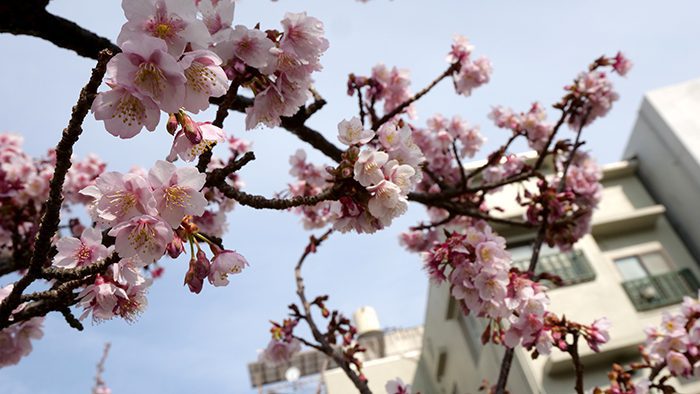
Lying off the beaten path within a two-and-a-half-hour car ride from the heart of the Tokyo Prefecture, or state, are charming towns, gorgeous natural wonders, riveting sites, and serene retreats that every visitor to this world-class city should take a few extra days to experience for themselves. These are the top 15 things to do near Tokyo, Japan.
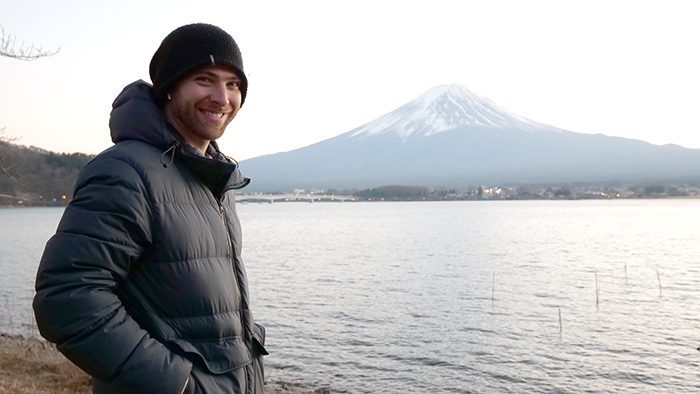
The landlocked prefecture of Yamanashi, located roughly 140 kilometers directly east of Tokyo, is known for its lush, natural environment, which includes the Kōfu Basin, which is surrounded by some of Japan’s highest mountains, including Japan’s tallest and most famous peak, Mount Fuji, and the country’s second-tallest mountain, Mount Kita.
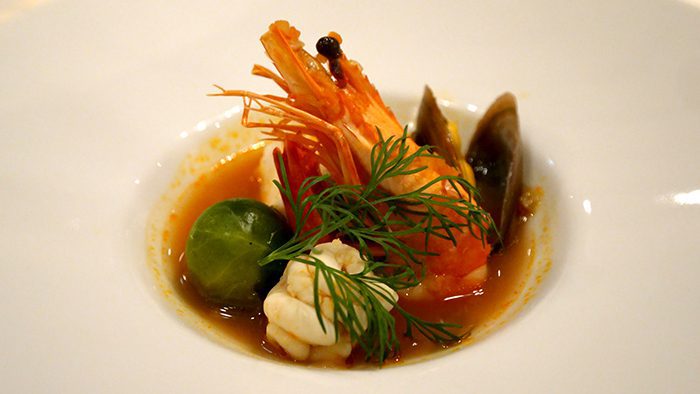
The scenic Fuji Five Lakes region was formed by previous eruptions of Mount Fuji, a now-dormant volcano, and the volcanic activity in the area makes the prefecture’s hot springs, called Onsens, popular tourist destinations. The prefecture’s natural topography makes it a favorite among hikers, mountaineers, and outdoor enthusiasts. Here are some of the other activities you can enjoy in the Yamanashi Prefecture!
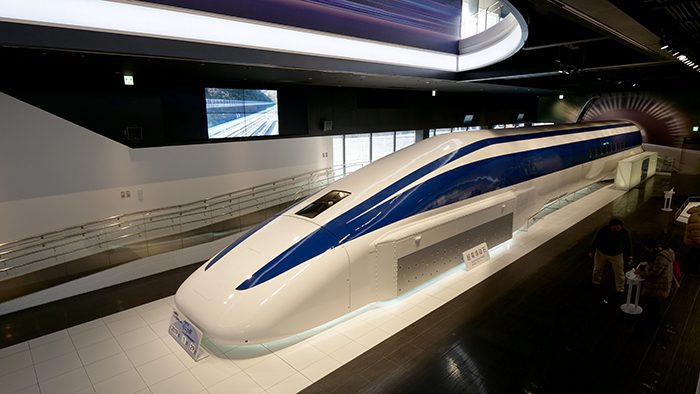
Japan is extremely well-known for its advanced, high-speed trains, and one of the fastest is the Maglev, a technologically advanced train that travels along a track using magnetic levitation. The only facility in the country where visitors can get an up-close look at one of these incredible trains while learning how they work is the Yamanashi Prefectural Maglev Exhibition Center in Tsuru City.
At this fantastic and immersive facility, you will learn about the magnet-based technology that allows the Maglev train to fly above its tracks at 500 kilometers per hour. Also at the exhibition center is the train that, in 2003, set a world record for the fastest speed at the time; a Maglev train diorama; and a miniature Maglev train that allows guests to experience a levitated run.
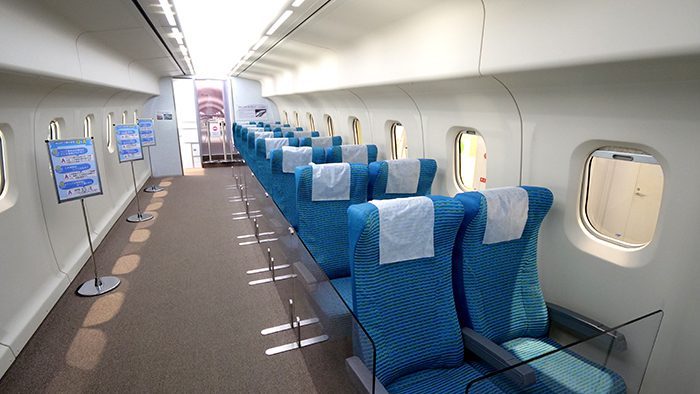
While you’re there, don’t forget to thoroughly explore the hall’s “Learn about Maglev,” “Experience Maglev,” and “See the Future of Yamanashi” floors. Learn about the history and evolution of Yamanashi’s transportation during the Maglev Theater show before it transitions to a thrilling 500 km/hour train ride simulation! Watching the world’s fastest Maglev train zip by from any floor is also an experience that should not be missed, and you have to go up out onto the Observation Terrace on the second floor to feel the wind pressure for yourself. It’s a unique experience you can’t get anywhere else!
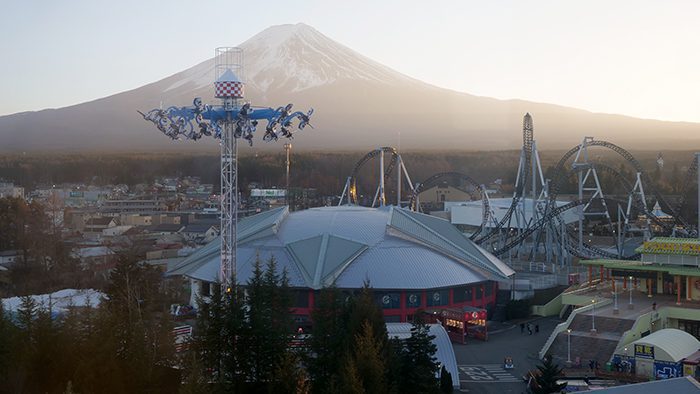
Located in the city of Fujiyoshida, which lies in the shadow of Mount Fuji, is the Fuji-Q Highland amusement park, a thrilling bastion of fun that attracts roller coaster enthusiasts from around the world. The park, which opened on March 2, 1968, and is a popular day trip from nearby Tokyo, is well-known for its extreme roller coasters.
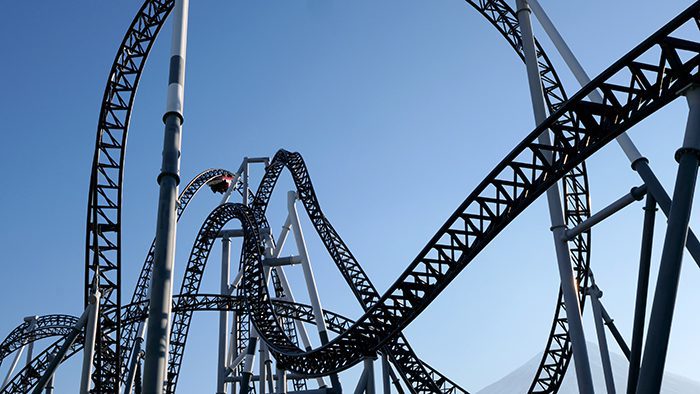
The tallest of Fuji-Q’s roller coasters is the Fujiyama, a 259-foot-tall steel roller coaster that was the tallest in the world when it opened in 1996. Featuring a drop of 230 feet, the Fujiyama was once the roller coaster with the largest drop in the world, and during its first year of operation, was also the world’s fastest roller coaster. Though it has since been eclipsed in those fields by other coasters around the world, the Fujiyama remains extremely popular among visitors.

Fuji-Q Highland is also home to Takabisha, which features a 121° freefall, seven major inversions, and over a thousand meters of track. It currently holds the record for the steepest roller coaster in the world. Other extremely popular coasters in the park include the Eejanaika 4th Dimension Hypercoaster, whose seats can rotate 360° forward and backward in a controlled spin, as well as the Do-Dodonpa, which, as of 2013, is the 4th fastest roller coaster in the world and features the highest acceleration in the world at launch time.
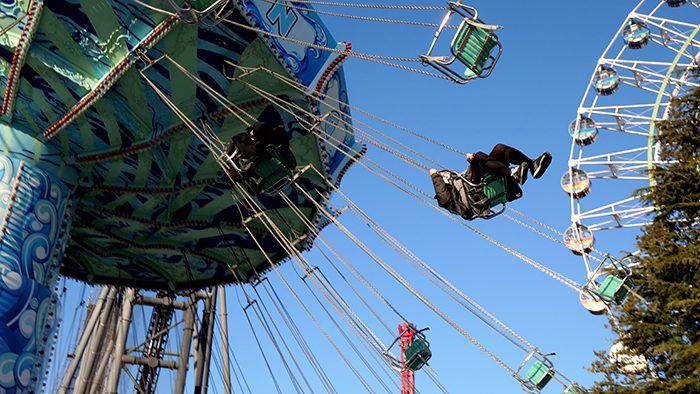
If you’re not a roller coaster fan, never fear, as Fuji-Q also offers two “haunted” attractions called the Haunted Hospital and Hopeless Fortress to those seeking scares of the supernatural kind. Families will also enjoy the park’s Thomas the Tank Engine-themed Thomas Land as well as attractions based on the Gundam science-fiction franchise and the Neon Genesis Evanglion anime franchise.

With a wide variety of attractions to enjoy and some of the most spectacular views of Mount Fuji on Earth, visiting Fuji-Q Highland is easily one of the top things to do near Tokyo.

The Yamanashi Prefecture offers many fantastic accommodations for travelers to unwind and lay their heads, but few come close to the beauty and splendor of La Vista Fuji Hotel & Spa, a stunningly designed onsen hotel whose clean and therapeutic public and private baths utilize the region’s volcanic hot springs and natural scenic beauty.
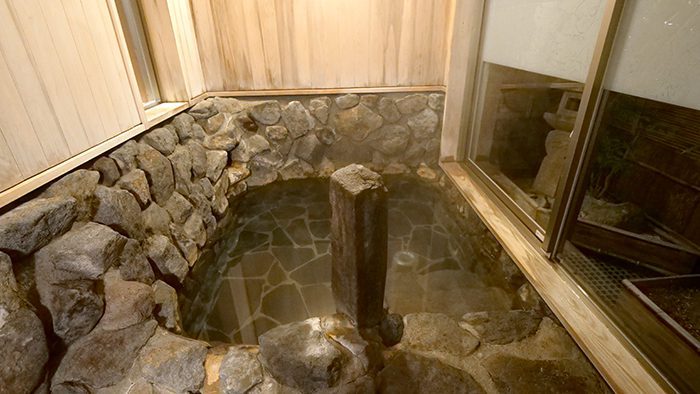
Along with its magnificent onsen and spa, La Vista Fuji also has gorgeous and spacious rooms, some of which boast terraces that offer some of the most spectacular views of Mount Fuji in all of Japan. Their terraces also feature heated baths, so guests can sink into a warm, soothing, luxurious bath while enjoying the natural beauty of Japan’s most famous natural landmark. All of the resort’s rooms contain a wardrobe and a private bathroom, and also offer air conditioning and free WiFi. Even though this resort is one of a kind, don’t forget to connect to the WiFi safely if you plan to work. After all, a hotel’s WiFi is only a safe as it’s least safe guest.
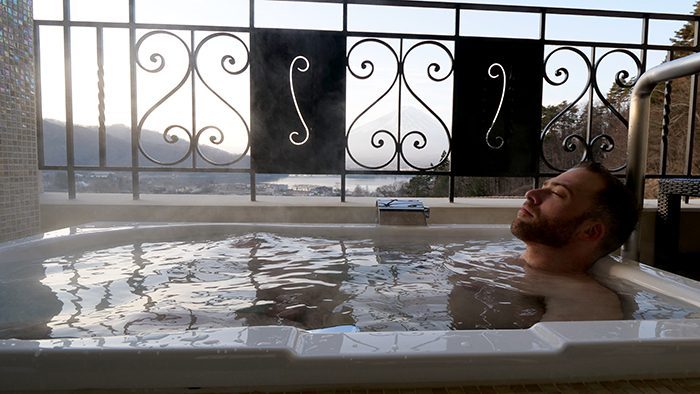
While La Vista Fuji Hotel & Spa is known for its traditional onsen and breathtaking views, the culinary delights served here are just as marvelous.
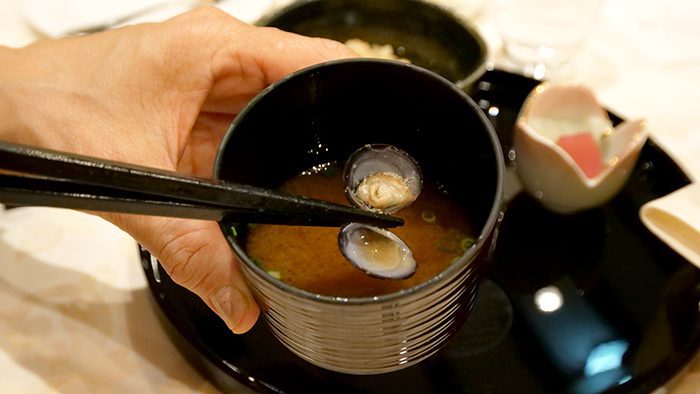
From its daily buffet breakfast offering an array of traditional Japanese favorites, to the European-style cuisine served at the on-site restaurant, to the Japanese fine dining and ramen that is served nightly from 10 p.m. to 11 p.m., there is no shortage of fantastic gastronomical options here. I highly recommend the nightly ramen. It blew my mind and had me going back for more!
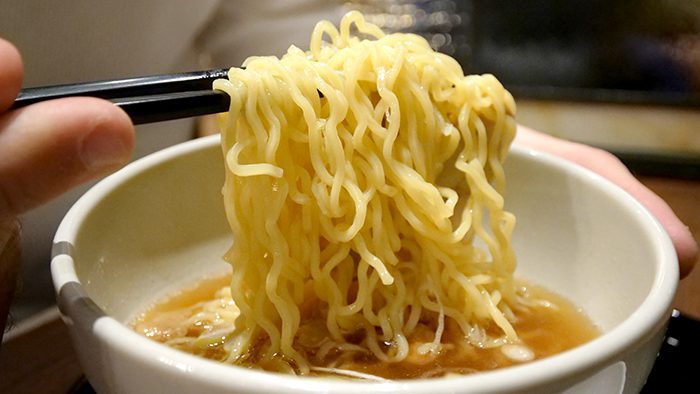
Between La Vista Fuji’s beautiful accommodations, amazing views, wonderful bathing facilities, outstanding food, and their friendly and attentive staff, there is no doubt in my mind that a stay at this hotel and spa is one of the top things to do near Tokyo.
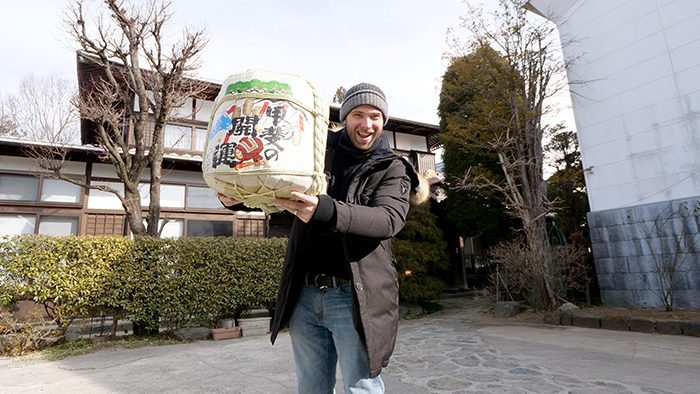
In the area of Yamanashi Prefecture known as Fujigoku, or the Fuji Five Lakes, is Lake Kawaguchi, one of the five lakes created by past eruptions of the now-dormant Mount Fuji. Near the shores of this lake is Ide Brewery, a small, but well known, sake brewery that has been brewing Japan’s national beverage for twenty-one generations since 1840.
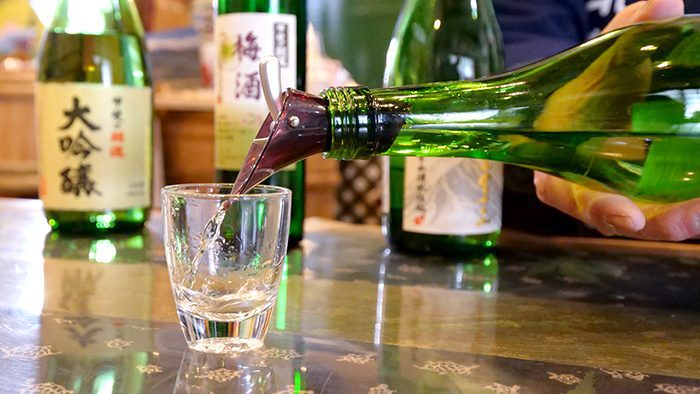
Ide Brewery’s location near the base of Mount Fuji has been instrumental to its success, as the brewers only use spring water from the dormant volcano as its “Shikomi mizu,” or the water used in the sake production. The quality of the water used plays a key role in the quality of the sake that is brewed, and brewers at Ide attribute the clear, fine taste and fruity aroma to the spring water they use.

Tours and sake tasting are available at Ide Brewery daily. Tours begin in the shop and include a brief lesson on the history and basics of sake-making (which takes place annually between November and March), followed by a tour of the facility and a tasting at the end. If you’re only interested in the tasting itself, stand-alone tastings are also available.

Afterward, you can buy a variety of sake from their shop and take your tasting glass home with you as a souvenir. I recommend going on the tour and participating in the tasting. Learning about the history of the brewery and how they make sake is a fun and informative way to gain a deeper appreciation of the art form that is sake brewing!
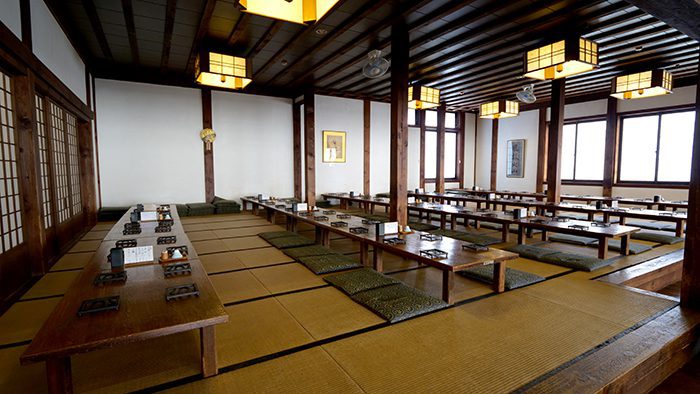
After a long morning of visiting the sites around Yamanashi Prefecture, sitting down and relaxing with a delicious, traditional lunch will probably be in order, and there’s no better place for that than Houtou Fudou, a Samurai hot pot restaurant in the Five Fuji Lakes region that uses distinctly local recipes that can’t be found anywhere else.
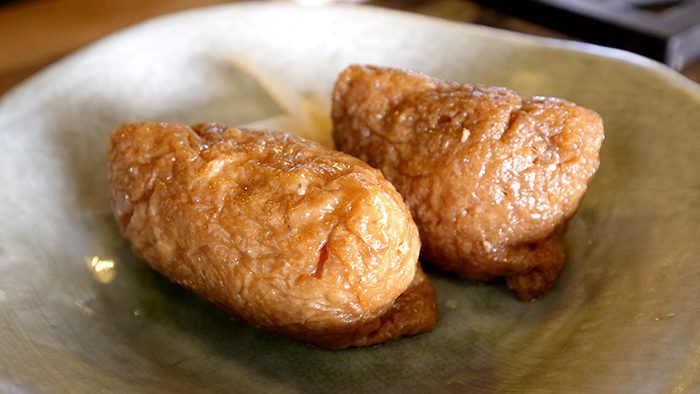
The cooks at Houtou Fudou, pride themselves on making their own noodles from scratch and using only the highest-quality ingredients available, which gives their food the fresh, special flavor it’s known for. The portions at the restaurant are generous, so no matter what you order, leaving hungry isn’t an option!
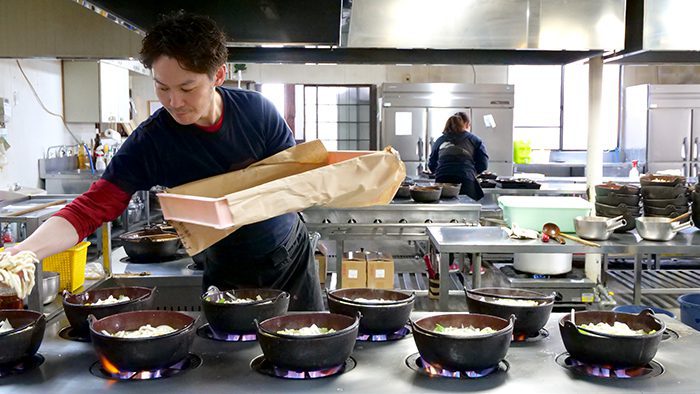
You can’t go wrong with a bowl of their steaming and flavorful Houtou noodles, which come with a special spice on the side. Another fantastic menu item is vinegar rice cooked in brown sugar called Kokutou Taki Inari, and diners with more adventurous palettes can order up a plate of Basashi, or raw horse meat.

Don’t miss out on this fantastic restaurant. The traditional flavors are unparalleled and the freshness and quality of the ingredients can be tasted in every bite. No trip to the Yamanashi Prefecture is complete without a stop at Houtou Fudou!

While Japan’s iconic Mount Fuji is visible from several prefectures around the island of Honshu, including Tokyo, the once-active volcano is actually located in the Shiszuoka Prefecture, along its border with the Yamanashi Prefecture. This historical region of Japan, which was the home of the first Tokugawa Shōgun, or the head of the last feudal Japanese military government, borders the Pacific Ocean and extends deep into the Japanese Alps.
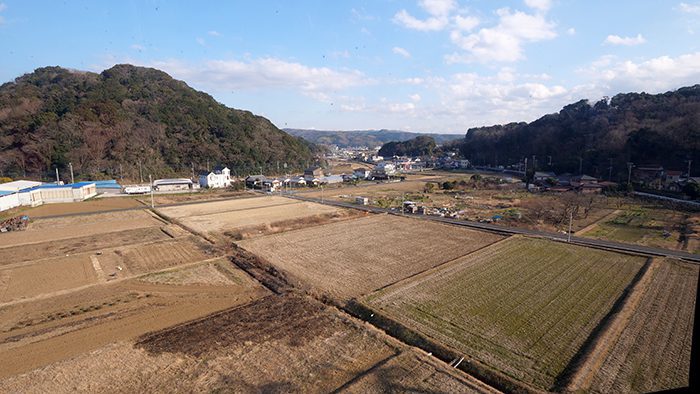
It is sprinkled with onsens, or traditional public baths that utilize Japan’s high number of natural hot springs, including the popular resorts on the mountainous Izu Peninsula to the south. Here are a handful of fantastic places you need to visit in the Shizuoka Prefecture!

The stunning landscapes of the Shizuoka Prefecture can be enjoyed in many ways, and one of the best is from high above the ground at Izunokuni City’s Izunokuni Panorama Park! The park’s main attraction is a gondola that ascends a cable up the side of Mount Katsugari, from which visitors get spectacular views of Mount Fuji, and the surrounding countryside, and Suruga Bay. The attraction, which opened in 1992, takes seven minutes to climb the 1,800 meters to the top of the mountain, where you can also view the city of Hakone and the Amagi mountains.
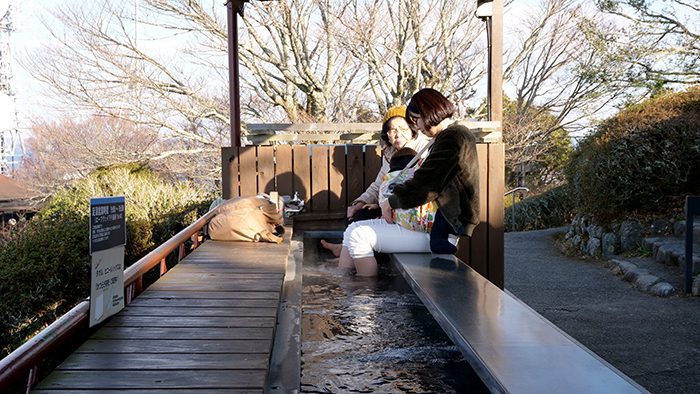
Atop the mountain is the beautiful Sky Garden, a picturesque oasis on top of the world that greets visitors with a gorgeous array of seasonal flowers. One of the Sky Garden’s highlights is the Fujimi no Ashiyu foot bath, which is a fantastic and free way to rest and pamper your feet while having a uniquely Japanese experience.
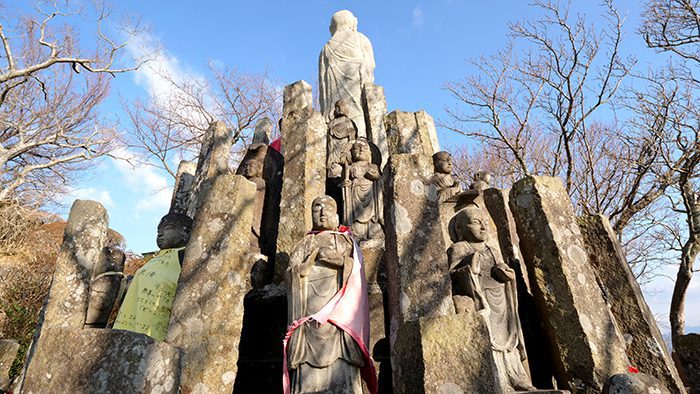
If you would like to further explore Japanese culture while atop the mountain, look no further than the beautiful Katsuragi Hitokotonushi Shrine, which was initially built for ascetic Buddhist practices, as well as the one hundred statuettes of Jizo, a bodhisattva in Japanese Mahayana Buddhism who was known as a protector of travelers and children.

Spending at least an hour or two at Izunokuni Panorama Park is, without a doubt, one of the top things to do near Tokyo and something that should be on every Japanese trip itinerary.

If an experience where traditional Japanese hospitality meets history, culture, and outstanding cuisine, a stay at the Arai Ryokan, or inn, is in order.

Located in the heart of the Shuzenji Hot Springs Resort in the Izu-Hakone area, this Japanese inn is a highly regarded example of traditional architecture and is well known for its showcases of extensive art collections and its rich history. In its past, the inn hosted notable writers, artists, and kabuki actors, and its fifteen structures are registered cultural assets.

The Arai Ryokan is also the perfect spot to grab a bite to eat, as they have a wide-ranging breakfast and dinner menu, which includes mouthwatering traditional fare including soft roe tofu; a mixed seafood with sake lees sauce that contained scallops, squid, and shrimp; steamed crab dumplings; sashimi; yellowtail teriyaki; a turnip simmered shijimi clam soup; sea cucumber; red miso soup; and more.

It’s a culinary adventure you won’t want to miss!
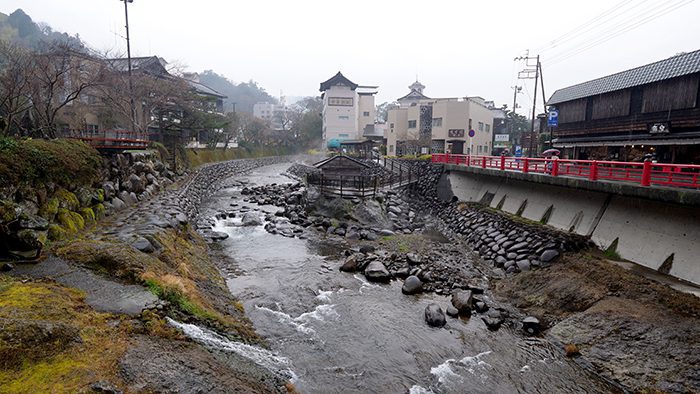
Shizuoka Prefecture’s Izu Peninsula is extremely well-known for the many onsen, or hot spring, resort towns scattered throughout this famed hilly and mountainous region of Japan, and one of the oldest, and easily the most famous, is Shuzenji Onsen. Though other nearby onsens boast ocean views, the Shuzenji relies solely on its charm, history, and attractive setting. In the center of the town is Shuzenji Temple, a Zen Buddhist temple that was built roughly 1,200 years ago and offers weekly meditation classes to visitors.
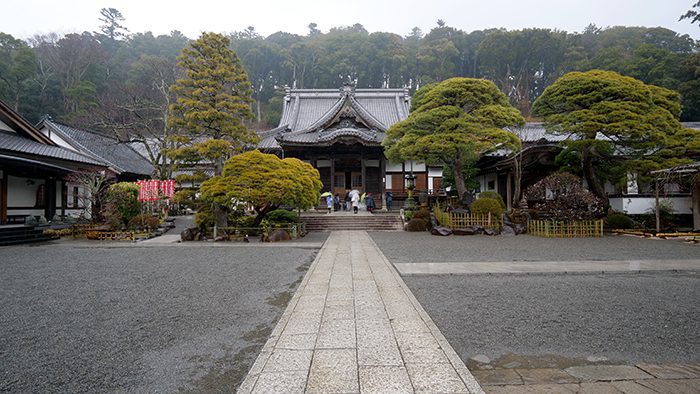
If you’re looking to bathe in the public bath here, head over to Hakoyu, a restoration of the city’s former outdoor spa, which is said to have hosted the second Shogun of the Kamakura government, Minamoto no Yoriie. While there, don’t forget to visit Hakoyu’s 12-meter-high observation tower, the Gyokuro!

It is important to familiarize yourself with the onsen etiquette rules before entering any public bath in Japan. These baths are traditional and the rules are expected to be followed. Keep in mind, if you have tattoos, you may not be allowed to enjoy the services there!
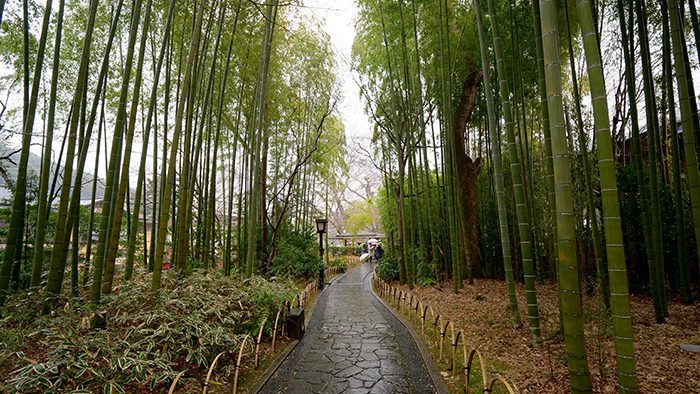
One of the more popular attractions near the town center is a riverside promenade that winds its way through a small, but beautiful, bamboo forest, where giant bamboo shoots reach for the skies on either side of the path. It’s the perfect place to take a walk, be one with nature, and relax amongst the gorgeous scenery.

Lovers of spice will rejoice during their stay in Shuzenji, as the area is noted for its wasabi and wide array of wasabi products, including wasabi-infused alcohol! If you like your food (and drink) with a bit of a kick, do yourself a favor and visit Shuzenji Onsen!

Just a 40-minute bullet train ride from Tokyo, the city of Atami is a well-known relaxation spot for city dwellers looking to unwind. Atami’s proximity to the sea, the mountains, and hot springs means it offers something for just about anyone, whether you’d like to watch one of the city’s fireworks displays down by the water, head up into the nearby mountain passes to view Mount Fuji, or luxuriate in the volcanic waters of nearby onsens. The city also serves as a gateway not only to Mount Fuji but also to the region of Hakone and the rest of the Izu Peninsula.

One of the biggest attractions in Atami, however, is the cold-resistant Atami Sakura, or cherry blossom, trees that line the Itokawa Promenade and burst into bloom from late January to mid-February, and turn the street along the Ito River into a stunning pink paradise while the air is still crisp and chilly.
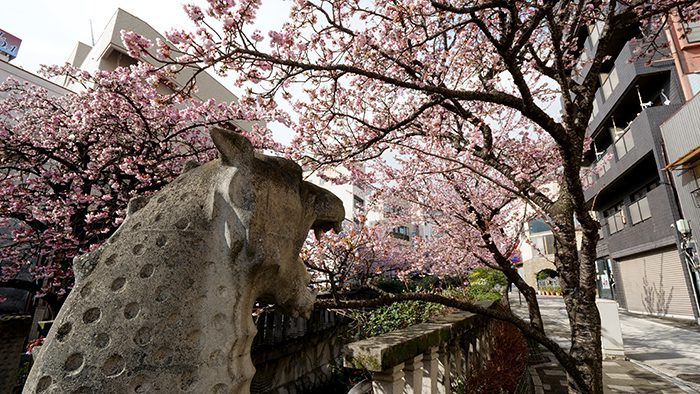
These trees, originally native to India and brought to Atami by Italian visitors in 1871, are celebrated in an annual festival, during which the air is filled with a sweet, flowery aroma that has enticed travelers for decades.
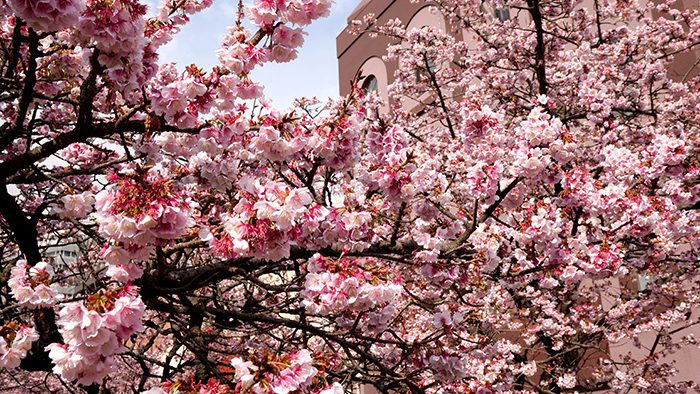
Seeing these gorgeous pink flowers so early in the year is quite cost-effective, as the warmer spring weather that sees the blooming other cherry blossom trees across Japan brings higher costs with it. You can’t beat the prices during the off-season!

Just south of Tokyo is the coastal prefecture of Kanagawa, an area of the Kantō region of the island of Honshu.
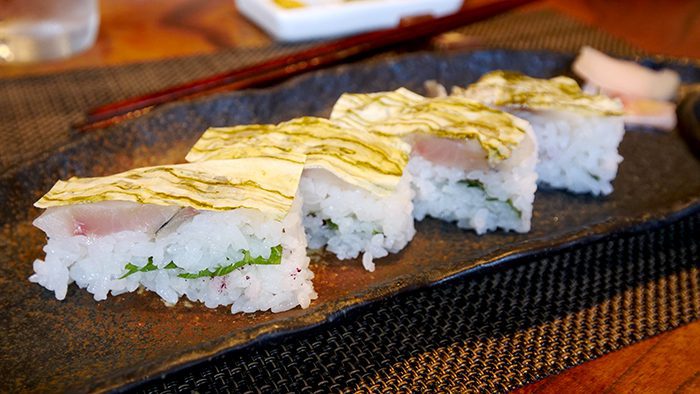
As this prefecture is a mix of rapid urbanization as part of the Greater Tokyo Area, archaeological sites dating back to at least 400 B.C., mountainous resort areas like Hakone and Odawara, ancient cultural sites like the shrines and temples of Kamakura, and the picturesque beauty of Natural Parks such as Fuji-Hakone-Izu National Park and Tanzawa-Ōyama Quasi-National Park, it’s no surprise that Kanagawa is home to many of Japan’s most noteworthy sightseeing locations.
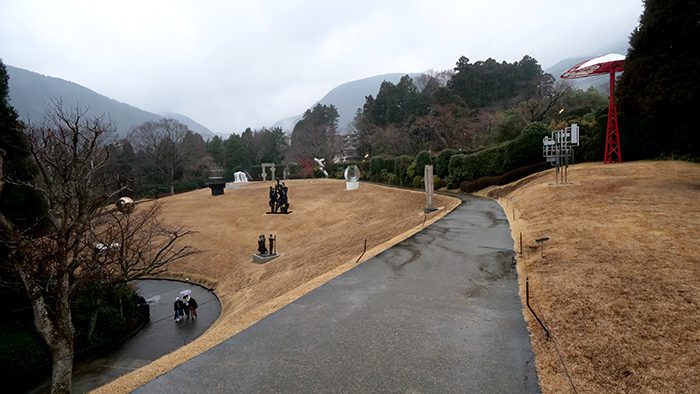
Be sure to spend at least a couple of days here to see and do as much as you can. These are the things you must see and do in the Kanagawa Prefecture!
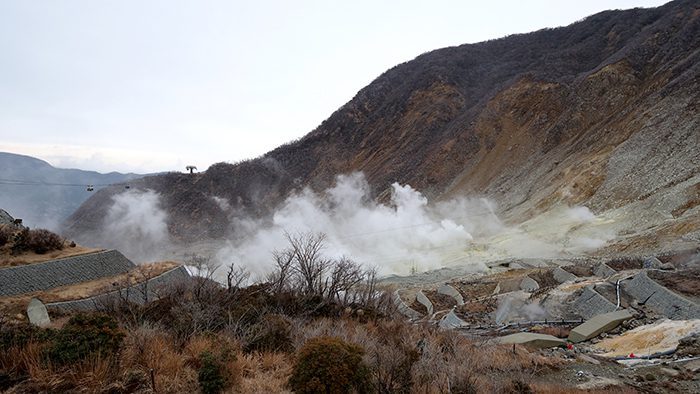
Because Mount Fuji has laid dormant since the early 1700s, it can be easy to forget that Japan is a volcanic island. But nowhere is that more apparent than the Owakundani Valley in the Hakone region, which was formed after the explosive eruption of the Kamiyama volcano. Here, steam and volcanic gases still issue from steam vents and fissures in the ground, reminding visitors of the brutal power of mother nature that lurks just beneath the Earth’s crust.
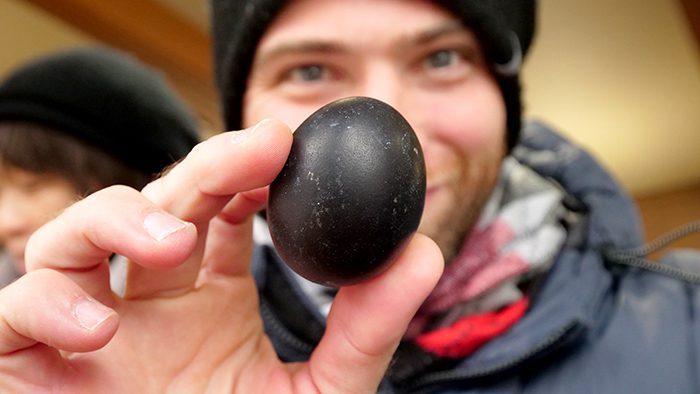
Besides seeing the valley itself, one of the most popular activities to participate in is the eating of black eggs, a local delicacy made possible by the boiling hot water pools in the valley. Here, you can purchase eggs that have been cooked in the valley’s naturally hot water, which turns their shells black and makes them smell and taste slightly sulfuric from the high amount of sulfur in the water. Eating one of these eggs is said to add seven years to your life!
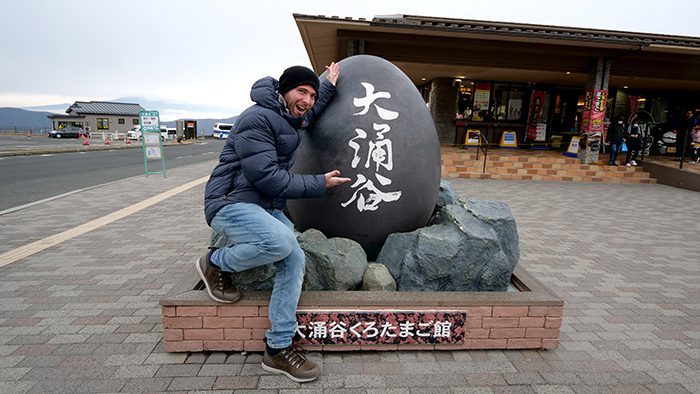
IMPORTANT NOTE: Because of the unpredictable nature of volcanic gases, parts of the area are sometimes closed, including a trail that has been closed since 2015 due to an increase in volcanic activity. Even on non-closed days, it is important that travelers with respiratory conditions such as asthma and bronchitis, cardiovascular issues like a pacemaker or heart disease, and pregnant women abstain from visiting the valley, as the gases can cause unwanted complications. Hiking trails here can be slick and treacherous, so proper hiking boots and rain gear are recommended for those who want to explore.

For art enthusiasts visiting Kanagawa Prefecture, the Hakone Open-Air Museum is simply a must-visit. Built in 1969 as Japan’s first open-air art museum, its spectacular, 70,000-square-meter grounds blend nature with art by offering visitors incredible views of the surrounding valley and mountains while also showcasing over a thousand sculptures and works of art from local and international artists.
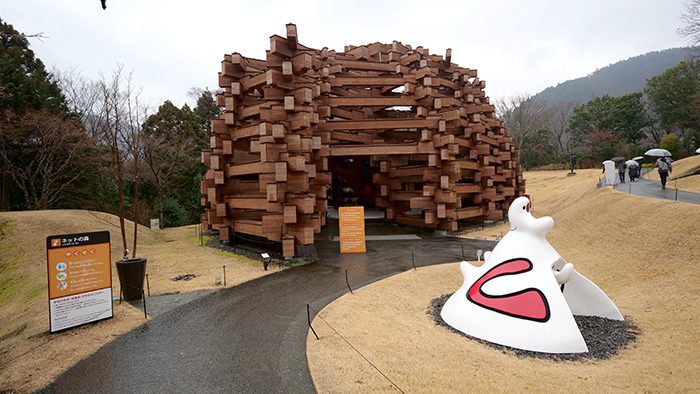
The museum’s grounds are dotted with roughly 120 works from modern and contemporary sculptors and feature five exhibition halls, one of which is dedicated to the life and work of one of the most famous artists of the 20th century, Pablo Picasso. The Picasso Collection includes sculptures, paintings, drawings, prints, ceramics, and more.

The museum’s main gallery sponsors different exhibitions each season, and the museum itself features two children’s areas, a café, two restaurants, and a shopping area. After walking among the exhibits, have lunch at the museum’s café or at one of its two restaurants and rest your feet in a wonderful and relaxing foot bath.
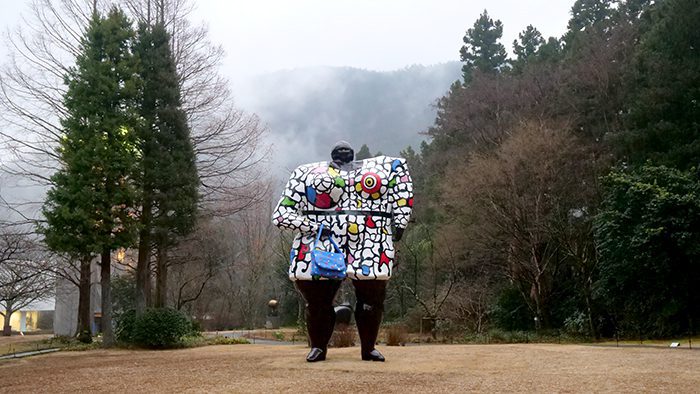
Just remember, be considerate of other visitors, and take note that sketching, photographing, videotaping, and using your phone are prohibited in the exhibition halls. Beyond that, enjoy your time at the Hakone Open-Air Museum, one of the top things to do near Tokyo and a fun way for any art lover to spend a few hours!

Travelers with sophisticated tastes will be happy to know that the Kanagawa Prefecture is home to a lavish, comfortable onsen ryokan specifically for them: The Hakone Kowakidani Onsen Misunooto. Just an 87-minute train ride from Shinjuku Station in Tokyo, this serene home away from home offers rest and relaxation amid a lush, green environment where luxury meets nature.

The Hakone Kowakidani is one of seventeen renowned hot spring onsens in Hakone. Their simple sulfur, calcium and sulfur, and sulfuric acid hot springs are considered therapeutic, as they are used in the treatment of chronic skin issues and atherosclerosis, among others. Public and private baths are available.
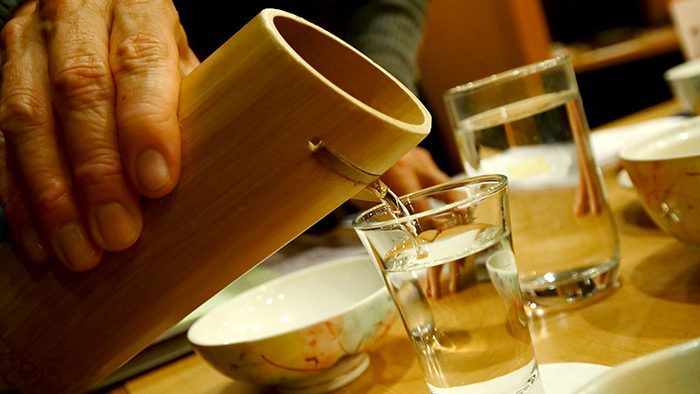
Accommodations at the Hakone Kowakidani include rooms that are half Japanese-style lodgings that allow guests to immerse themselves in a cultural experience you can’t get outside of the country and half modern Western lodgings with a bed. This is a departure from most Japanese-style hotel rooms, which usually have inflatable beds or futons.
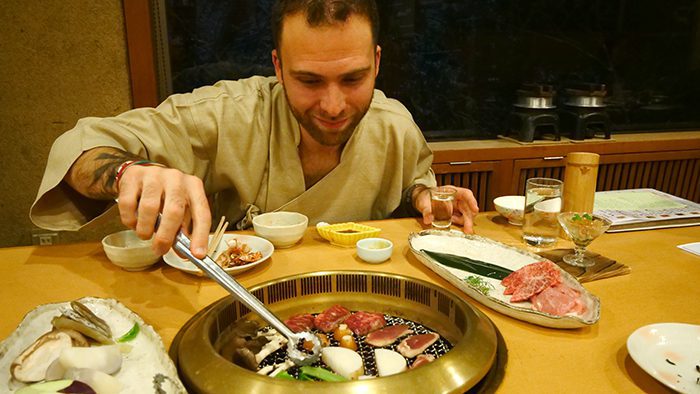
On the culinary front, the Hakone Kowakidani’s gastronomical options are just as spectacular as their lodgings. I recommend going with their massive Japanese barbecue dinner, in which your waiter brings everything, including fresh seafood from nearby Sagami Bay, to your table raw, and you cook it to your liking at your table. It makes for a fun, memorable, and traditional food experience that can be enjoyed solo or easily shared with friends new and old!

Rising high above the cultural and historical castle town of Odawara is Odawara Castle, a keep that was originally built by the Omori family in the mid-15th century, who were then defeated by Ise Moritoki of the Odawara Hojo clan. Before long, the castle was expanded upon over the next five generations and served as the base of operations for the clan’s dominion, which included much of the Kanto region.

After many of its fortifications were destroyed during the three-month-long Battle of Odawara in 1590, the castle was rebuilt on the smaller scale that can be seen today. The landmark was named a National Historic Site in 1938 and has since been named a Municipal Park and one of the Japan Castle Foundation’s 100 Fine Castles of Japan.

This magnificent, 1,822-square-meter castle boasts a 3-tiered and 4-storied castle tower, inside which artifacts detailing the history of the castle and the Odawara Hojo family, including armor, swords, maps, and old documents, are displayed. Other areas of note on the premises include the main entrance gate of the main castle enclosure, Tokiwagi-Gate; Akagne-Gate, which is the front gate of the secondary castle enclosure; a local culture museum; a library; an observation museum; an amusement park; an archery field; and much more. From the very top, visitors can enjoy stunning views of Odawara City and nearby Sagami Bay.

No trip to Odawara Castle is complete without a photo as a souvenir! In the main enclosure open space, visitors can rent Samurai-style Japanese armor and a helmet, a kimono, or a ninja costume and take a photo in front of this treasured and storied landmark. It makes a fantastic keepsake and a fun conversation starter!

Any trip to the Kanagawa Prefecture must include a stop at this gorgeous and historic landmark, which allows visitors to take a deep dive into Japanese history and experience a bit of it themselves!

For a taste of one of Japan’s most popular traditional dishes during the cold, winter months, head over to Odawara Oden, a cozy eatery in Odawara City that specializes in the Japanese hot pot dish known as oden, a one-pot dish which consists of several ingredients including boiled eggs, daikon, konjac, and fish cakes in a light, soy-flavored dashi broth. The ingredients used in oden can vary from region to region.
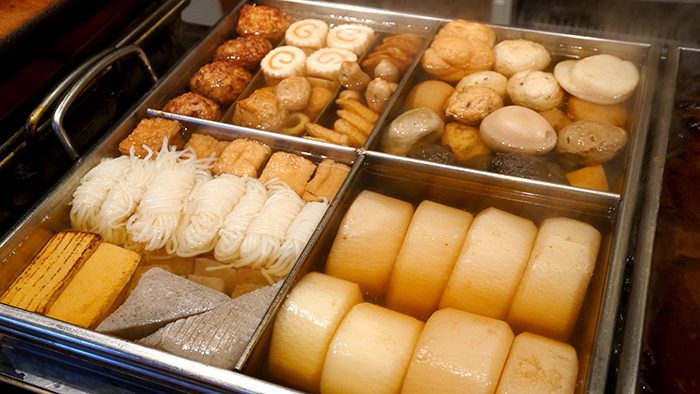
The restaurant, which features a glassed-off Stella room, a bench-style garden room facing the courtyard, and a tearoom where patrons can enjoy an oden feast, offers simple, yet mind-blowing flavor and texture combinations and generous and wide-ranging menu items that pair nicely with some sake.

Make a reservation beforehand to have the best experience, and be sure to bring your wallet and your appetite; oden can be fairly expensive, but it is more than worth it.
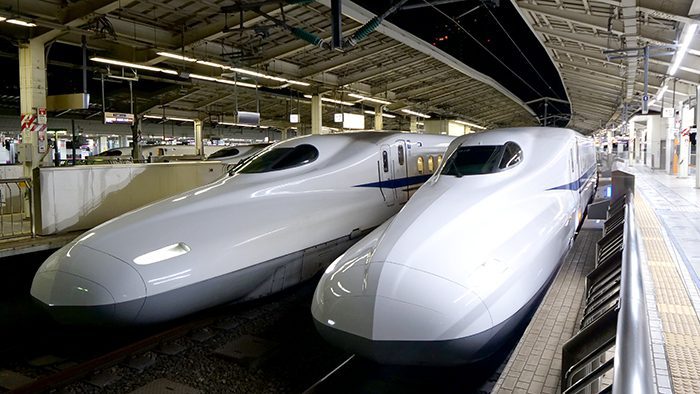
One of the most uniquely Japanese experiences a tourist can have in Japan is riding a Shinkansen bullet train. These high-speed trains can fly along their tracks at speeds up to 200 miles per hour and make journeys between cities that are hundreds of miles apart from one another quick and easy.

A Shinkansen bullet train ride between Odawara and Tokyo must be taken on either the Hikari or Kodama trains that run along the Tokaido Shinkansen line, an extremely popular line that runs between Tokyo Station and Shin-Osaka and serves 452,000 passengers daily. The bullet train ride between the two cities should take less than 40 minutes, which allows much more time in your destination than other options like driving, catching a bus, or riding a slower train.
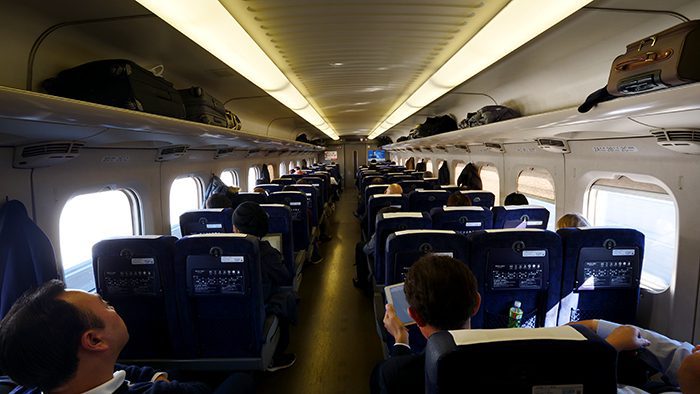
IMPORTANT NOTE: While riding a Shinkansen bullet train can be an exhilarating rush for new riders, it is extremely important to display proper Japanese etiquette during your ride, including speaking softly to your friends and seat neighbors, refraining from talking on your phone or listening to loud music, putting your ringer on silent, and wearing a mask if you are sick. Not following these rules is considered rude and some of them are even strictly forbidden. Always abide by local customs when traveling in a foreign country.
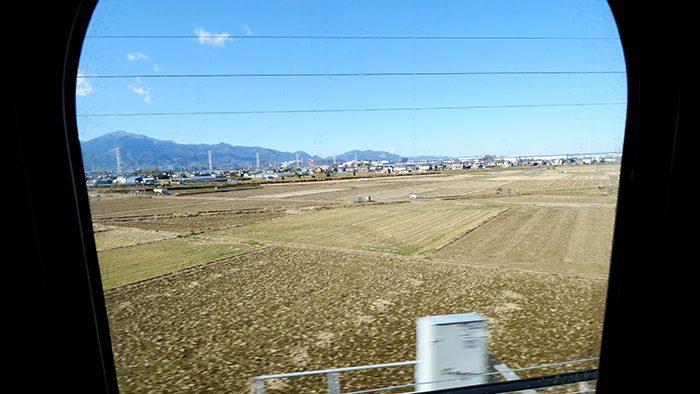
Those are the 15 things to do near Tokyo, Japan! With a wide array of natural, cultural, historical, culinary, and recreational attractions that range from historical castles to amusement parks, sake breweries to hot pot restaurants, and traditional public baths to luxurious spa hotels, the Yamanashi, Shizuoka, and Kanagawa Prefectures have enticed visitors exploring Tokyo for years, and have something to offer any kind of traveler.
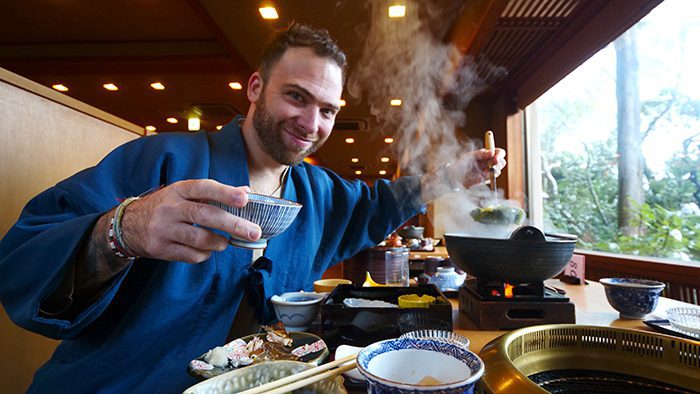
The next time you’re in Tokyo, get out of the city for a few days, immerse yourself in the culture and traditions of these stunning locations, which are steeped in some of the richest traditions on Earth and have a memorable experience you won’t soon forget.
Counter
101 Countries • 1432 Cities